
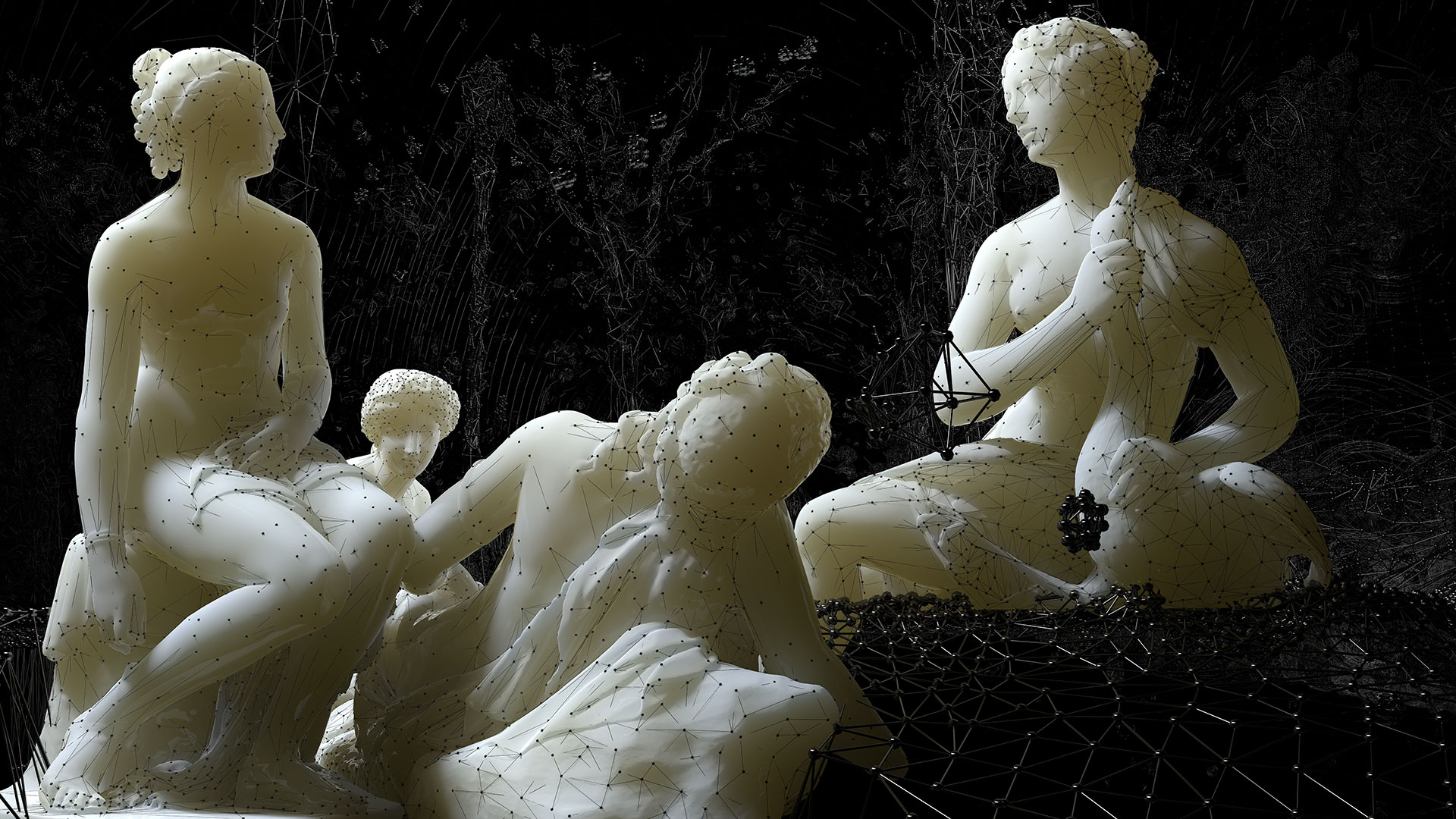

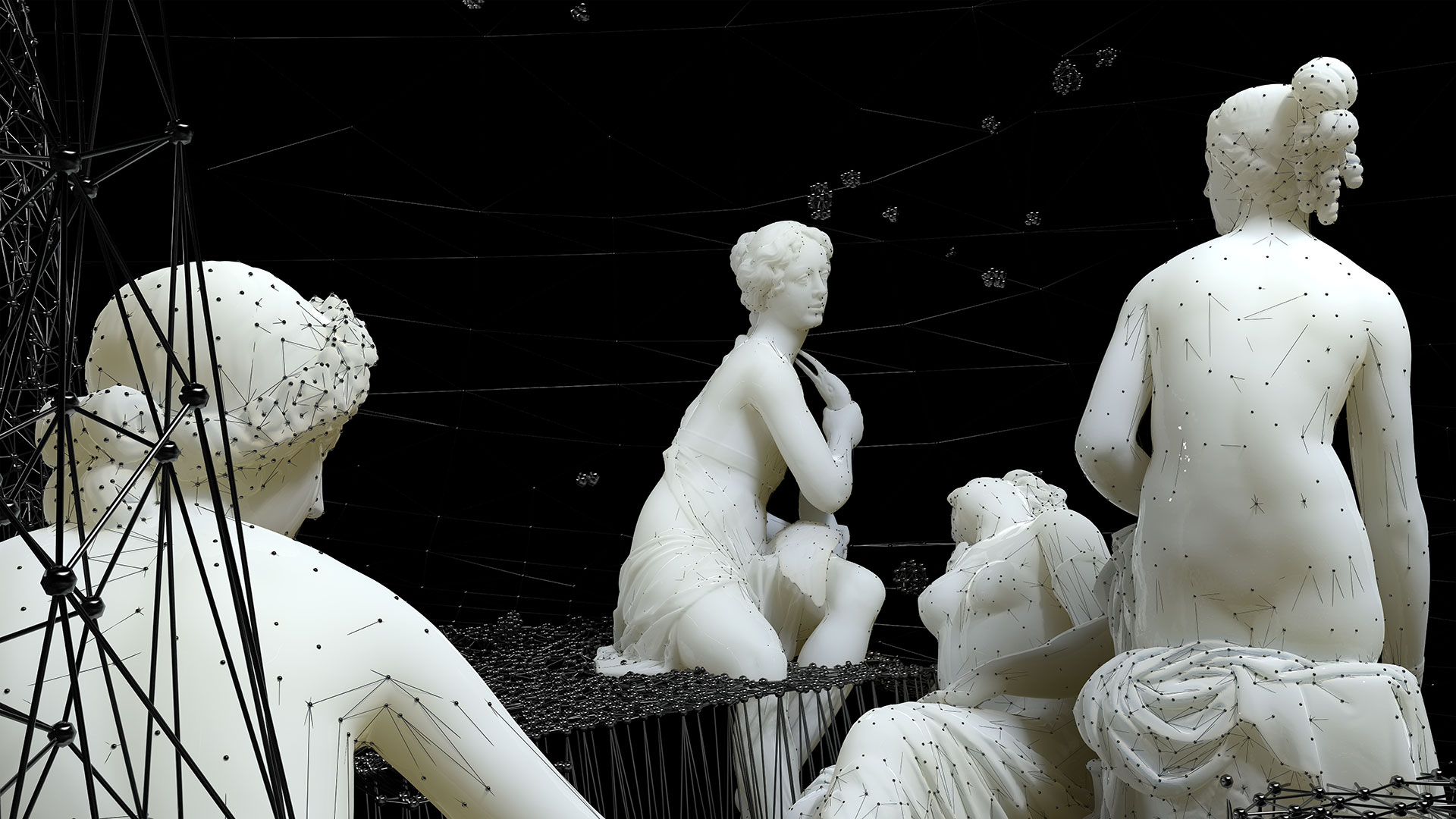
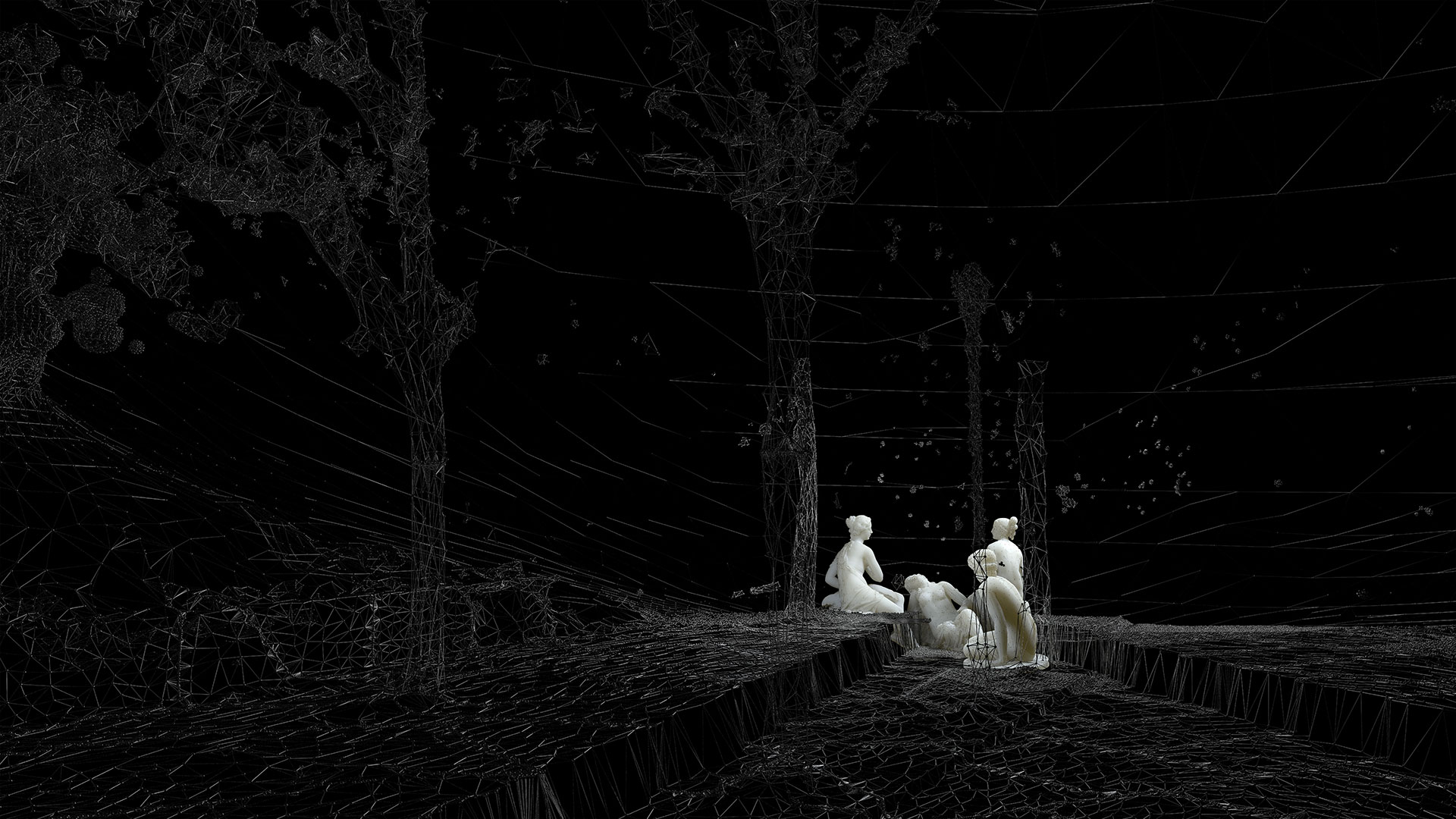
This work is protected by copyright in all its parts.
© 2022 by Heinz Hermann Maria Hoppe. All rights reserved.
Color and tone value representations on monitors deviate from the original.
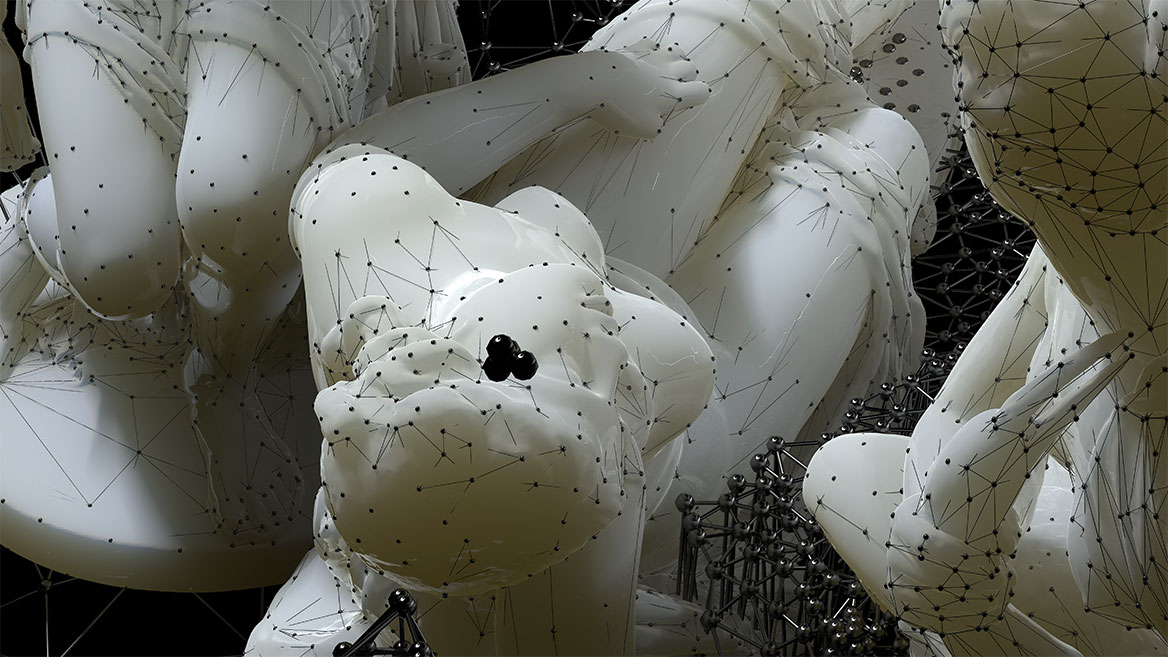

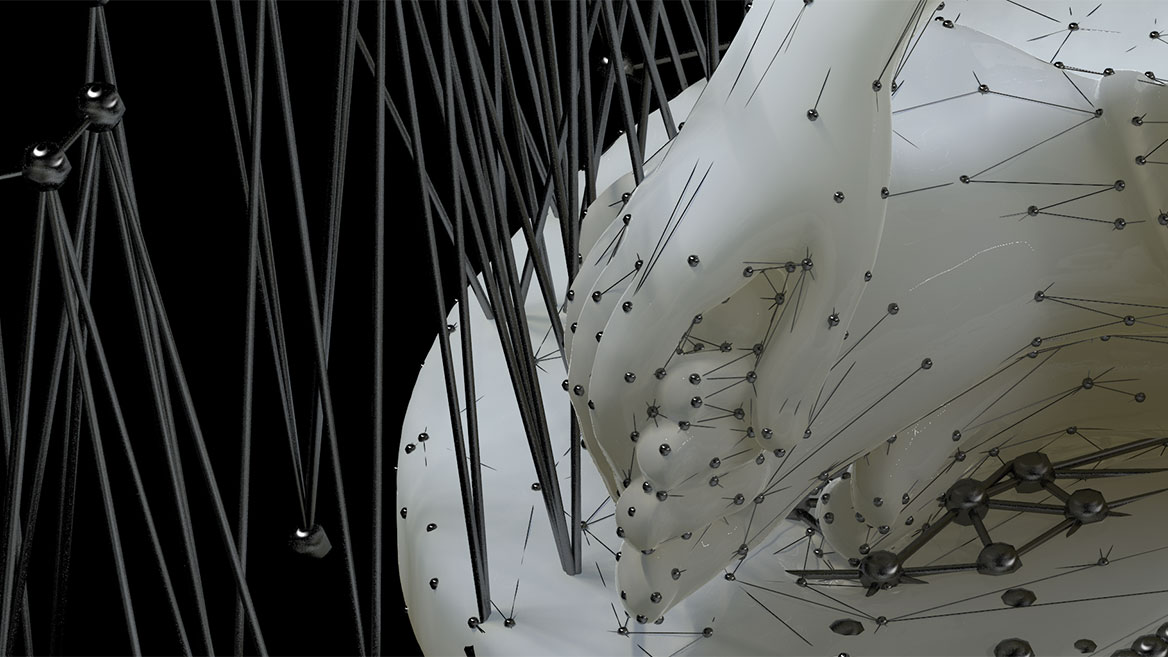
Comment
Author: Heinz Hermann Maria Hoppe
Soon after their invention, watches were much more than just instruments for measuring time. The fine mechanics of clockworks and other technical apparatus fascinated people and shaped their view of the world. Precisely interlocking components with their specific functions, combined with systemic thinking, fueled the belief in technology. In models, the spirit of mechanics mapped the human anatomy and planetary orbits. Ingenious inventions enabled ever more daring designs for the construction of the Titanic, the Eifel Tower, the Apollo 11 rocket … Perfected engines with their interacting crankshafts, connecting rods and pistons ‘under the hood’ continue to inspire today.
“Form follows function”1 – in addition to new functions, innovative technologies generally also shape our aesthetic sensibilities. The current megatopics of ‘artificial intelligence’ and ‘biotechnology’ will increasingly be reflected in art and graphic design. In the image archives of agencies, visualizations of stylized data streams and of ‘clouds’ have been found for a long time and in great numbers.
Algorithms don’t just analyze data. The strict logic of zeros and ones also produces ever more beautiful images. Programs produce aesthetics. Conversely, people design for algorithms. Copywriters and web designers optimize their creations specifically for search engines. Many a text is written from the outset exclusively for the robots. It’s no surprise that our aesthetic sensibilities are also shaped by IT: the digital design tools in graphics programs have ‘grown up’, the computer mouse has largely replaced pen and brush.
All ‘possible’ processes will be digitized and automated. Even the qualified fields of work of doctors and lawyers are set to change as a result of collaboration with artificial intelligence. What about the professional fields of the fine arts in this context? Can artificial intelligence also replace creatives? Are ‘artistic works’ still tied to human artists at all?
Design is particularly connected with emotions. At the lowest level of our ‘operating system’, however, emotions are biochemical processes. “Emotions are not based on intuition, inspiration or freedom – they are based on calculation”2. What if our emotions were evaluated and creatively interpreted by algorithms? Artificial intelligence would be able to analyze images, compositions and painting styles of past centuries within a very short time. Using the patterns of mass-liked images, themes, trends, design styles and color preferences could be combined to create new artistic works.
Notes:
Many thanks to Oliver Laric from threedscans.com for the 3D scan data of the historical sculptures (Three Nymphs and Venus). The sculptors of the originals are named on the website.
1 The expression “form follows function” is attributed to the American architect Louis Sullivan.
2 See Yuval Noah Harari, ‘21 Lektionen für das 21. Jahrhundert’, C∙H∙Beck, P. 91
3 See Walter Benjamin, ‘Das Kunstwerk im Zeitalter seiner technischen Reproduzierbarkeit’, Werke und Nachlaß. Kritische Gesamtausgabe, Volume 16, Suhrkamp, Berlin 2013.